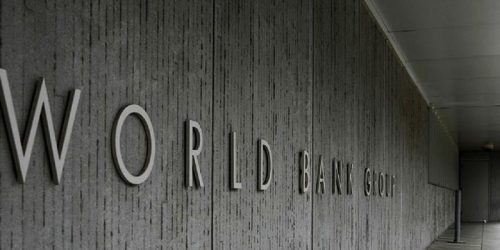ISLAMABAD: The World Bank, in its first comprehensive stock-taking of infrastructure services in Asia, says although electricity access in Pakistan is in line with regional averages of 92.5 per cent, the average interruption duration and frequency values are much higher.
This is apparent from frequent power outages due to loadshedding. Pakistan suffers from outdated facilities and a complex distribution system vulnerable to damage, the report says.
The government plans to add capacity and diversify the energy sector by commissioning more hydropower plants, with Chinese support under the China-Pakistan Economic Corridor (CPEC) programme.
The report presents data about infrastructure provision in three key sectors in Asia: road transport, electricity, and water and sanitation. As the first comprehensive, regional stock-taking of levels of supply, quality, and affordability of infrastructure services, the report titled ‘Infrastructure in Asia’ underscores the need to better understand current levels of service delivery to facilitate governments’ infrastructure planning and financing.
Access to electricity in urban areas is 100pc, while in rural areas it is 54.14pc, with total percentage of 70.79pc. The transmission and distribution losses are 17.1 per cent.
The quality of electricity has been estimated at 2.9 against average of 1 to 7. Data shows the duration of system average interruption is 99 hours per year, while the frequency per year of system average interruption is 90 hours. Renewables form 31.43pc of electricity generation.
As far as road transport is concerned, the report says Pakistan has fair road quality indicators, but rural accessibility is only 39.9pc. Low accessibility shows high scope for improvement for the rural population.
Pakistan’s major road expansion projects are financed by CPEC and BRI programmes.
In terms of water and sanitation, the World Bank report says piped water and sewerage access are low, even in urban areas. Pakistan’s sanitation quality is also poor, as evidenced by a high daily rate and low wastewater treatment. Water services, even in the larger cities, are intermittent. The percentage of non-revenue water is 44pc, while the quality of water in terms of percentage of passing chlorine test is 100pc.
The report says over the past few decades, a large part of Asia, in both East Asia and South Asia, has enjoyed strong economic growth and steady social development. Nevertheless, the region faces significant constraints in infrastructure investment.
This is exacerbated by Covid-19 pandemic and the short-term challenges of a slowing global economy, higher borrowing costs, and geopolitical tensions. Longer-term, the region is highly susceptible to the effects of climate change, so infrastructure development must be sustainable and climate resilient.





